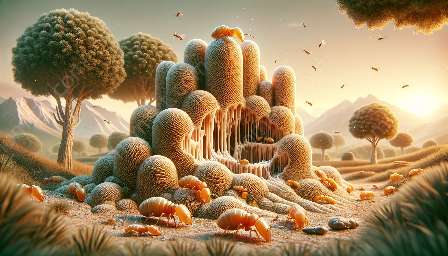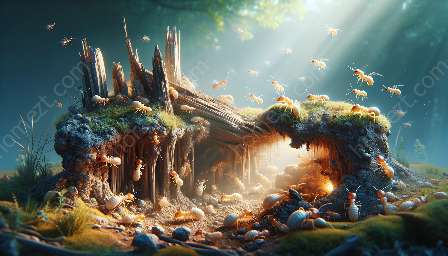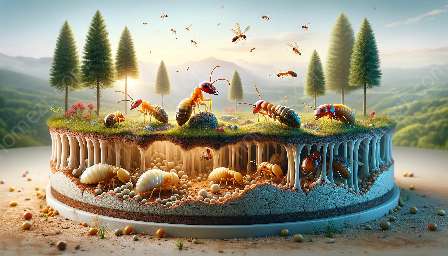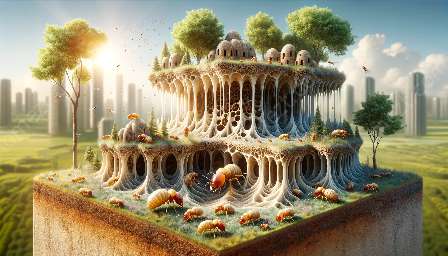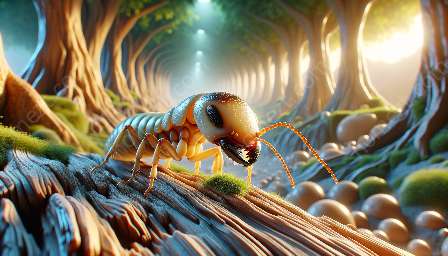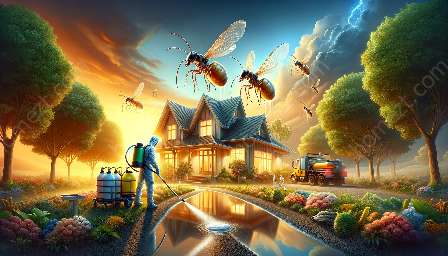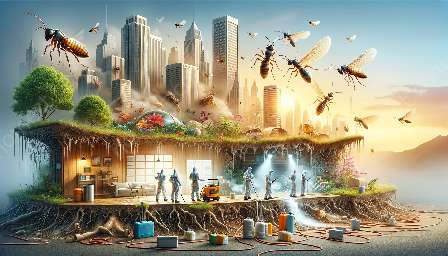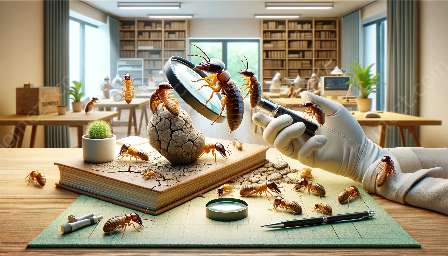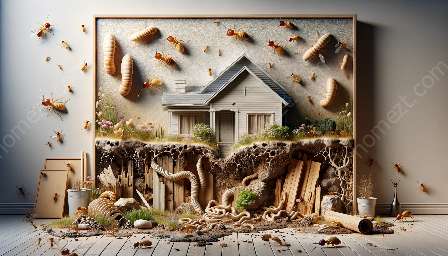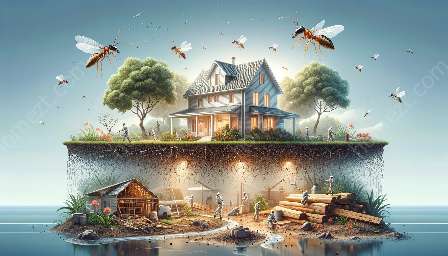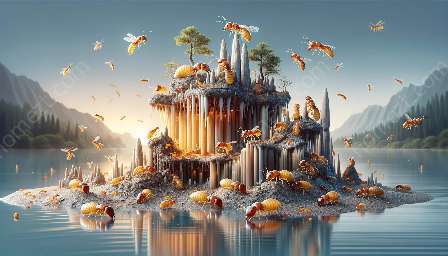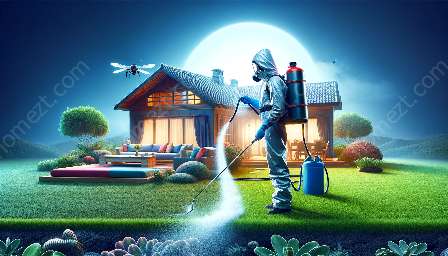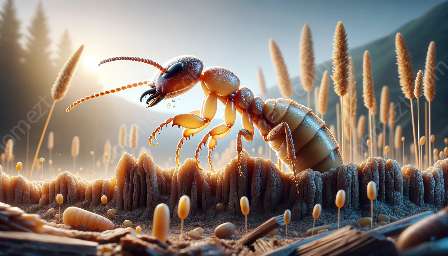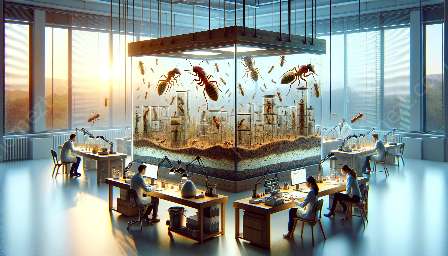Termites are fascinating creatures, known for their social structure and ability to cause significant damage as pests. Understanding the termite life cycle is fundamental to effective pest control, as it helps in identifying and targeting different stages of their development. In this comprehensive guide, we will delve into the stages of the termite life cycle, their significance in ecosystems, and how this knowledge can be used in pest control.
The Role of Termites in Ecosystems
Before we dive into the termite life cycle, it's essential to recognize the vital role these insects play in natural ecosystems. Termites are often referred to as ecosystem engineers due to their impact on soil structure, nutrient cycling, and decomposition of plant material. They contribute to the overall health and balance of ecosystems by breaking down cellulose and releasing essential nutrients back into the environment.
The Termite Life Cycle
The termite life cycle consists of several stages, each with its unique characteristics and role within the colony. Understanding these stages is crucial for effective pest control strategies. The life cycle typically includes the egg, nymph, worker, soldier, and reproductive stages.
Egg Stage
The termite life cycle begins when the queen termite lays eggs. These eggs are tended by the worker termites and eventually hatch into nymphs.
Nymph Stage
Once hatched, the nymphs go through several molts as they develop into different castes within the colony, such as workers, soldiers, or reproductives. The nymphs are responsible for the general maintenance and care of the colony.
Worker Stage
The worker termites are the backbone of the colony, responsible for tasks such as foraging for food, nurturing the young, and constructing and repairing the nest. They play a crucial role in the sustenance and growth of the colony.
Soldier Stage
Soldier termites are specialized for defense, with their primary function being to protect the colony from predators such as ants and other threats. They have large mandibles and a tough exoskeleton, making them formidable defenders.
Reproductive Stage
This stage involves the development of future kings and queens within the colony. Once fully developed, they will leave the colony in a swarm to mate and establish new colonies, thereby perpetuating the termite population.
Relationship with Pest Control
Understanding the termite life cycle is crucial for effective pest control. By identifying the different stages of termite development, pest control professionals can target specific vulnerabilities within the colony, optimizing the effectiveness of control measures.
Preventive Measures
Preventing termite infestations involves understanding their life cycle and behavior. Implementing measures such as maintaining proper ventilation in homes, reducing moisture, and conducting regular inspections can help deter termite activity.
Treatment Strategies
Knowledge of the termite life cycle also informs the selection of appropriate treatment strategies. From baiting systems to barrier treatments, understanding the biology and behavior of termites is essential for selecting the most effective approach to pest control.
In Conclusion
The termite life cycle is a complex and fascinating process that influences both ecosystems and pest control practices. By gaining insights into the various stages of their development, we can develop more informed and effective strategies for managing termite populations and minimizing their impact on human structures. This understanding not only helps protect our properties but also contributes to the preservation of natural ecosystems where termites play a crucial role.

